Home>Ideas and Tips>Indoor Arrowhead Plant Care and Syngonium Growing Guide
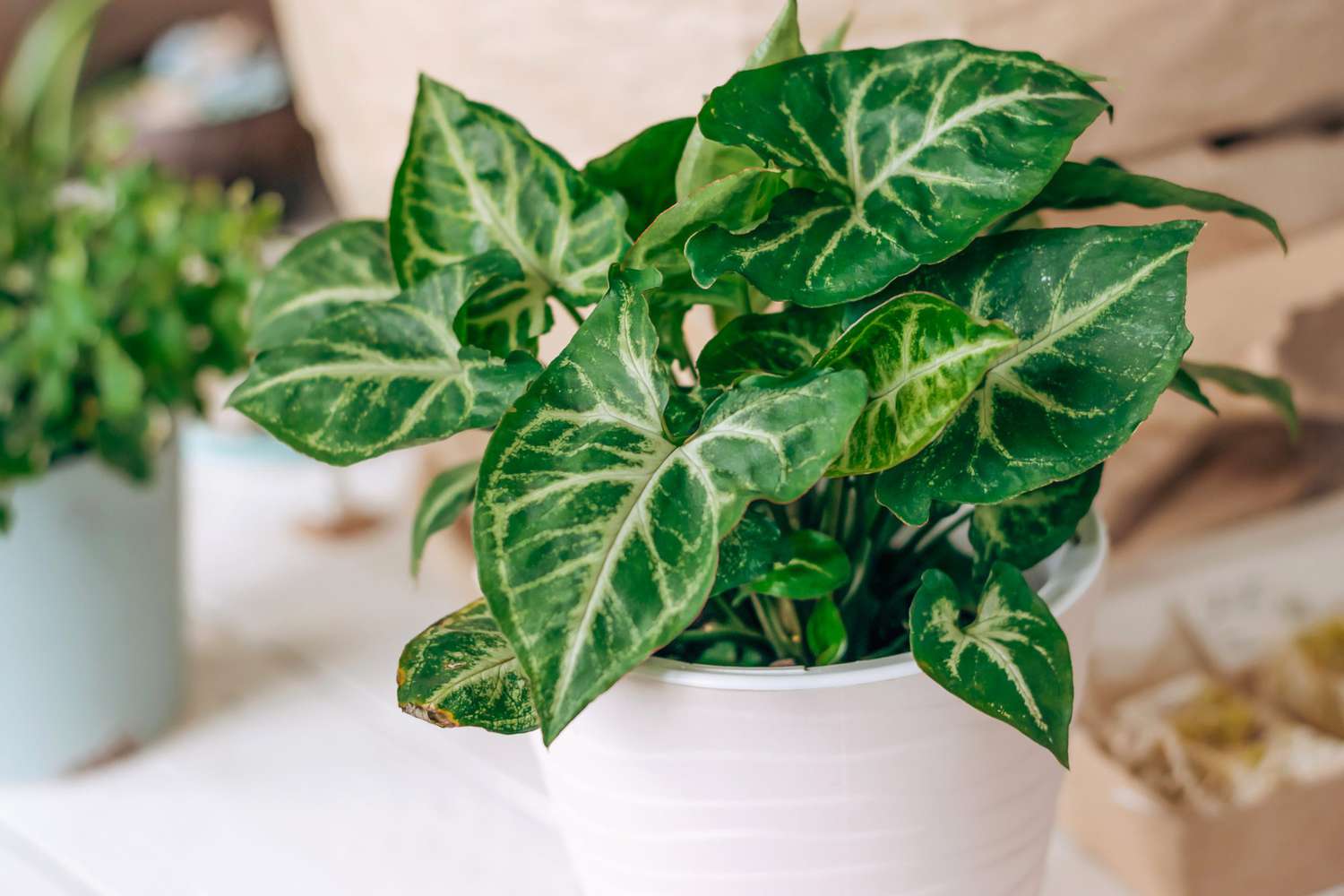

Ideas and Tips
Indoor Arrowhead Plant Care and Syngonium Growing Guide
Modified: October 29, 2024
Learn how to care for your indoor arrowhead plant with our comprehensive Syngonium growing guide. Tips on lighting, watering, soil, and more.
(Many of the links in this article redirect to a specific reviewed product. Your purchase of these products through affiliate links helps to generate commission for Storables.com, at no extra cost. Learn more)
The arrowhead plant, scientifically known as Syngonium podophyllum, is a versatile and easy-to-grow houseplant that has gained immense popularity in recent years. Its attractive heart-shaped leaves and ability to thrive in various lighting conditions make it an ideal choice for both beginners and experienced plant enthusiasts. In this comprehensive guide, we will delve into the detailed care requirements for growing arrowhead plants indoors, ensuring you can enjoy their lush greenery and vibrant colors in your home.
Introduction to Arrowhead Plants
The arrowhead plant is native to the tropical rainforests of Central and South America, where it thrives in the understory with filtered sunlight and high humidity. This sub-tropical plant is also known by other names such as arrowhead philodendron, arrowhead vine, and nephthytis. It belongs to the Araceae family, which includes other popular houseplants like the monstera and philodendron.
Botanical Name and Common Names
- Scientific Name: Syngonium podophyllum
- Common Names: Arrowhead Plant, Arrowhead Vine, Nephthytis
Plant Type and Hardiness Zones
- Plant Type: Vine
- Hardiness Zones: 10-12 (USDA)
Lighting Requirements
One of the key factors in caring for an arrowhead plant is providing it with the right amount of light. These plants prefer bright, indirect light but can adapt to low light conditions during the winter months.
Bright Indirect Light
Place your arrowhead plant near a window with filtered sunlight. East- or west-facing windows are ideal as they provide gentle, indirect light that is perfect for these plants. Avoid placing them directly under south-facing windows as direct sunlight can scorch their delicate leaves.
Low Light Tolerance
While arrowhead plants prefer bright light, they can tolerate low light conditions during the winter when natural light is scarce. If you notice your plant looking pale or yellowish, it might be receiving too much light. Moving it to a spot with less harsh direct light can help.
Variegated vs. Solid Green Leaves
Variegated arrowhead plants can handle a bit more direct sun than solid green varieties. However, it's still important to ensure they receive filtered light to prevent leaf scorching.
Watering Requirements
Proper watering is crucial for maintaining the health of your arrowhead plant. These plants prefer moist soil but are prone to root rot if the soil becomes soggy.
Watering Schedule
- Spring and Summer: Water your arrowhead plant regularly during the spring and summer months. Allow the top inch of soil to dry out before watering again. This ensures that the soil remains moist but not soggy.
- Winter: Reduce watering during the winter months as the plant requires less moisture. Water only when the top 2-3 inches of soil feel dry to the touch.
Avoiding Overwatering
Arrowhead plants are susceptible to root rot if the soil is consistently waterlogged. Check the soil moisture by sticking your finger into the soil up to the first knuckle. If it feels dry, it's time to water. If it's already moist, wait a few more days before checking again.
Soil Requirements
Using the right type of soil is essential for maintaining healthy roots and preventing root rot. Arrowhead plants thrive in well-draining potting soil that is rich in organic matter.
Soil pH
The ideal soil pH for arrowhead plants ranges from neutral to acidic. A slightly acidic soil pH (around 6.0-6.5) is preferred, but they can tolerate a slightly wider range.
Potting Mix
Choose a high-quality potting mix specifically designed for indoor plants. This type of mix typically contains ingredients like perlite or vermiculite that improve drainage and prevent waterlogging.
Temperature and Humidity
Arrowhead plants prefer warm temperatures and high humidity, which is typical of their native tropical environment.
Temperature
- Ideal Temperature Range: Between 16°C – 27°C (60°F – 80°F)
- Tolerance: They can tolerate temperatures as low as 35°F (1.7°C) but may experience some stress.
Humidity
Maintaining high humidity around your arrowhead plant is crucial for its health. You can achieve this by:
- Misting Leaves: Regularly misting the leaves with water helps maintain humidity.
- Pebble Tray: Place a tray filled with water near the plant to increase the surrounding humidity.
- Portable Humidifier: Use a portable humidifier in the room where the plant is located.
Fertilization
Fertilizing your arrowhead plant regularly promotes healthy growth and vibrant colors. Use a balanced liquid houseplant fertilizer during the spring and summer months when the plant is actively growing.
Fertilizer Schedule
- Spring and Summer: Fertilize once a month with a balanced liquid fertilizer.
- Winter: Avoid fertilizing during the winter months when the plant is dormant.
Pruning
Pruning is an essential part of maintaining the shape and health of your arrowhead plant. Regular pruning encourages bushy growth and prevents the plant from becoming leggy.
Pruning Techniques
- Pinch New Growth: Pinch the tips of new stems to encourage bushy growth and prevent them from climbing too long.
- Remove Older Stems: Remove older stems to make room for new growth and maintain the plant's appearance.
Propagation
Propagating arrowhead plants is relatively easy and can be done through stem cuttings in late spring or early summer.
Propagation Steps
- Cuttings: Take 4-6 inch stem cuttings from the mother plant.
- Rooting Medium: Place the cut ends in a rooting medium like water or a propagation tray.
- Water Change: Change the water every week or so to keep it fresh and prevent bacterial growth.
- Transplanting: Once roots have developed, transplant the cutting into a well-draining potting mix.
Common Problems and Solutions
Despite their ease of care, arrowhead plants can sometimes face common problems like pale leaves, brown spots, or pests.
Pale Leaves
If your arrowhead turns pale or yellowish, it might be receiving too much light. Move it to a spot with less harsh direct light.
Brown Spots
Brown spots on leaves can be caused by overwatering or underwatering. Check if the soil is consistently waterlogged; if so, adjust your watering schedule accordingly.
Pests
Arrowhead plants are susceptible to pests like spider mites, mealybugs, aphids, and scale. If you notice any of these afflictions:
- Treat Immediately: Use neem oil or another natural solution to treat the infestation immediately.
Root Rot
Root rot is one of the most common issues with indoor plants due to overwatering. Check for mushy lower stems; if you find any:
- Adjust Watering Schedule: Reduce watering frequency to prevent further damage.
Home Styling Tips
Arrowhead plants can enhance the aesthetic appeal of any room when styled correctly.
Hanging Pots
Syngoniums look stunning when grown in hanging pots or baskets. Their trailing vines and vibrant leaves add a touch of greenery to any room. Choose a well-draining hanging pot and hang it near a window or in a well-lit area to allow the plant to receive proper light.
Totem or Moss Pole
Syngoniums are natural climbers, and providing them with a totem or moss pole encourages upward growth and creates an eye-catching display. As the plant grows, you can train its vines to climb the pole using soft plant ties or clips.
Grouping and Arrangement
Syngoniums can be combined with other houseplants to create visually appealing arrangements. Group different varieties of Syngoniums with varying leaf colors and patterns to add texture and interest. Pair them with plants of different heights, shapes, and foliage types to create a diverse and balanced display.
Terrariums
Syngoniums can thrive in enclosed environments like terrariums or glass containers. These setups provide a unique and stylish look while creating a controlled microclimate for the plant. Select a clear glass container with a lid or choose a terrarium specifically designed for plants. Place a layer of gravel or activated charcoal at the bottom for drainage followed by a suitable potting mix for the Syngonium.
Wall Decor
Consider mounting a decorative vertical planter or living wall panel and incorporate Syngoniums into the design. This creative way to utilize wall space brings a touch of nature indoors while ensuring adequate light and proper drainage.
Conclusion
The arrowhead plant is an excellent choice for indoor gardening due to its versatility and ease of care. By following these guidelines on lighting, watering, soil requirements, temperature and humidity preferences, fertilization schedule, pruning techniques, propagation methods, common problems solutions, home styling tips you can enjoy lush greenery and vibrant colors in your home year-round. Whether you're looking to add some tropical flair or simply want an easy-to-grow houseplant that thrives under minimal maintenance conditions – Syngonium podophyllum is sure to impress!
By mastering these simple yet crucial aspects of caring for an arrowhead plant you'll find yourself enjoying not just its beauty but also its ability to purify air while adding life to any room making it truly worth having around
Was this page helpful?
At Storables.com, we guarantee accurate and reliable information. Our content, validated by Expert Board Contributors, is crafted following stringent Editorial Policies. We're committed to providing you with well-researched, expert-backed insights for all your informational needs.
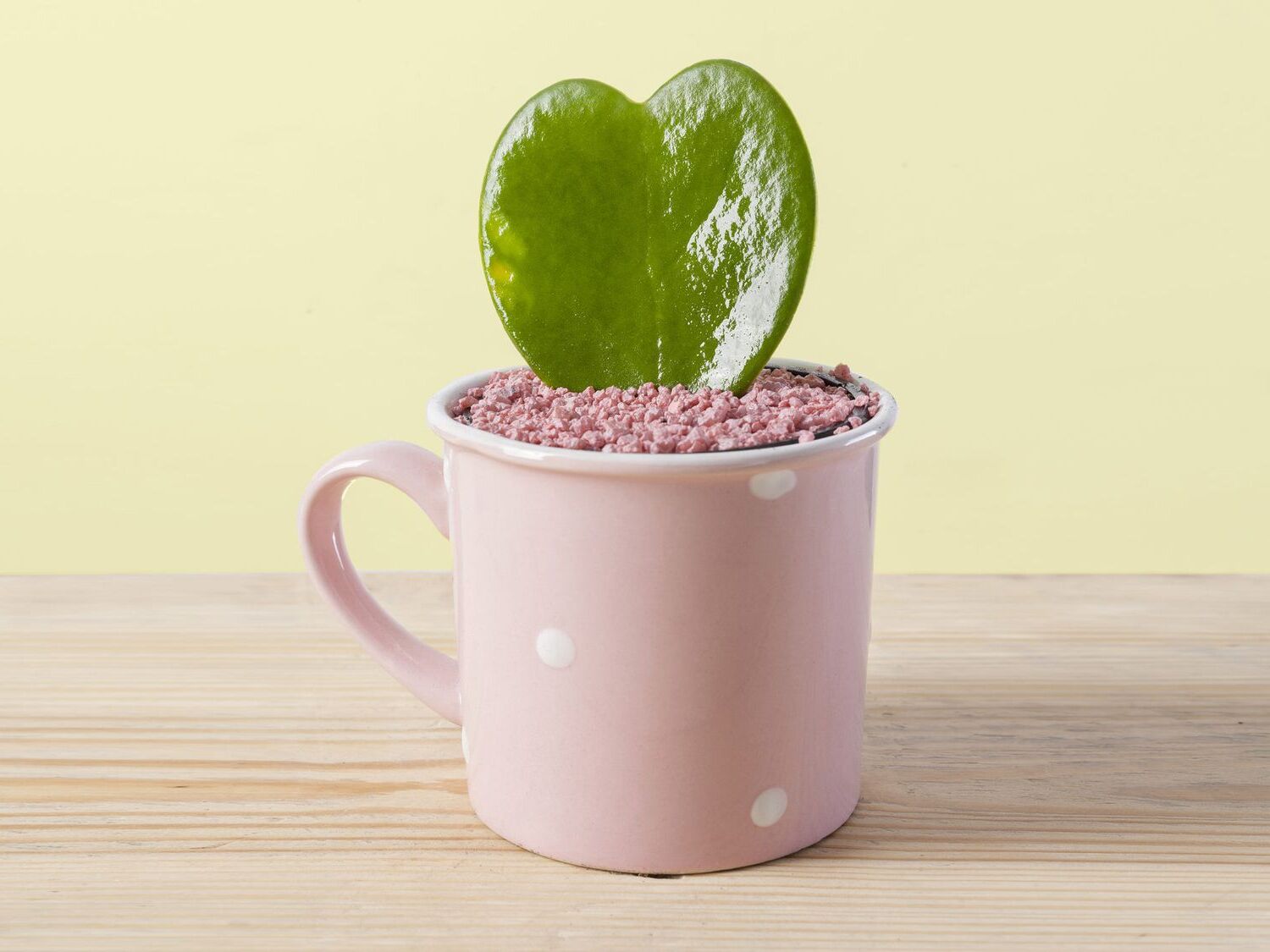
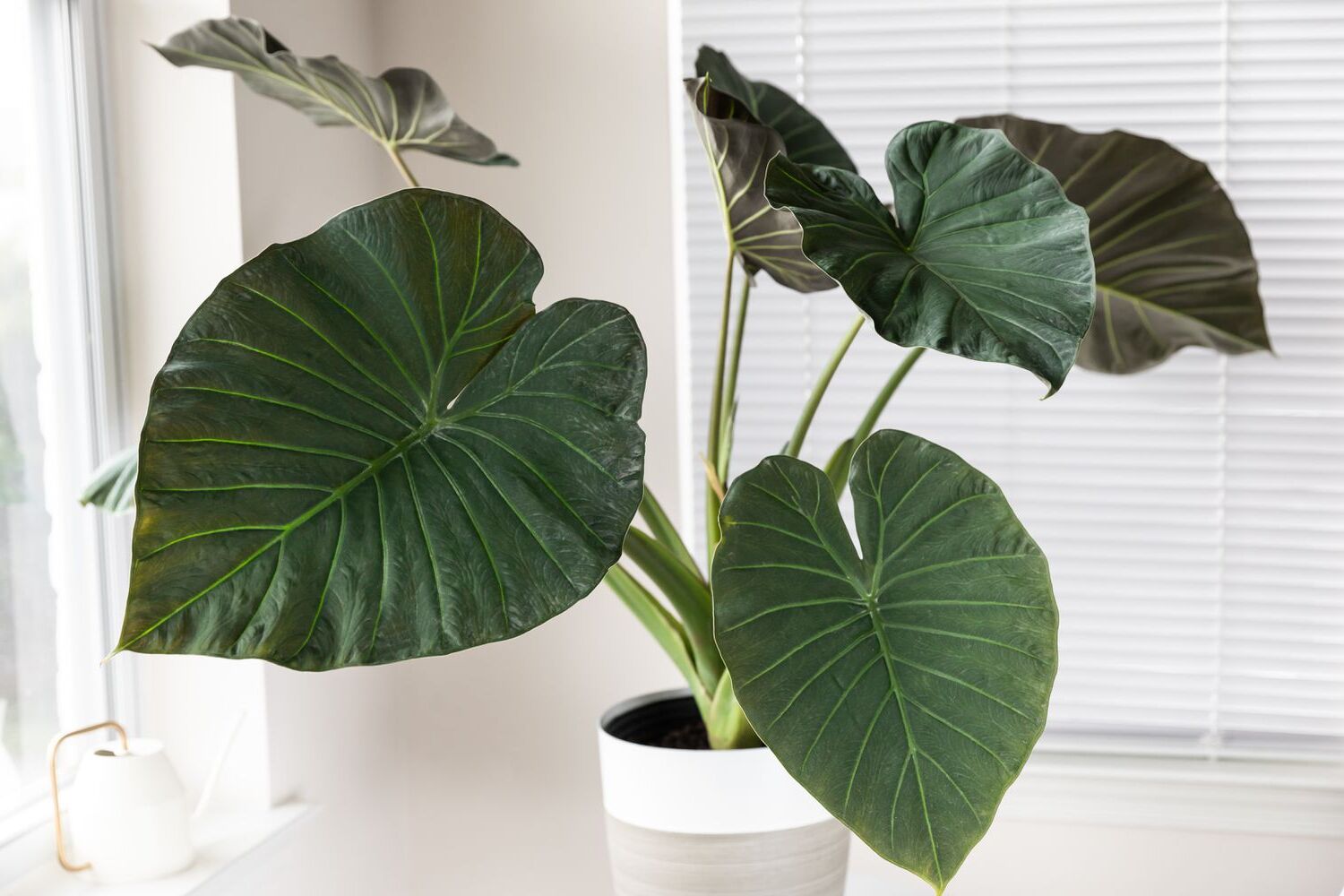
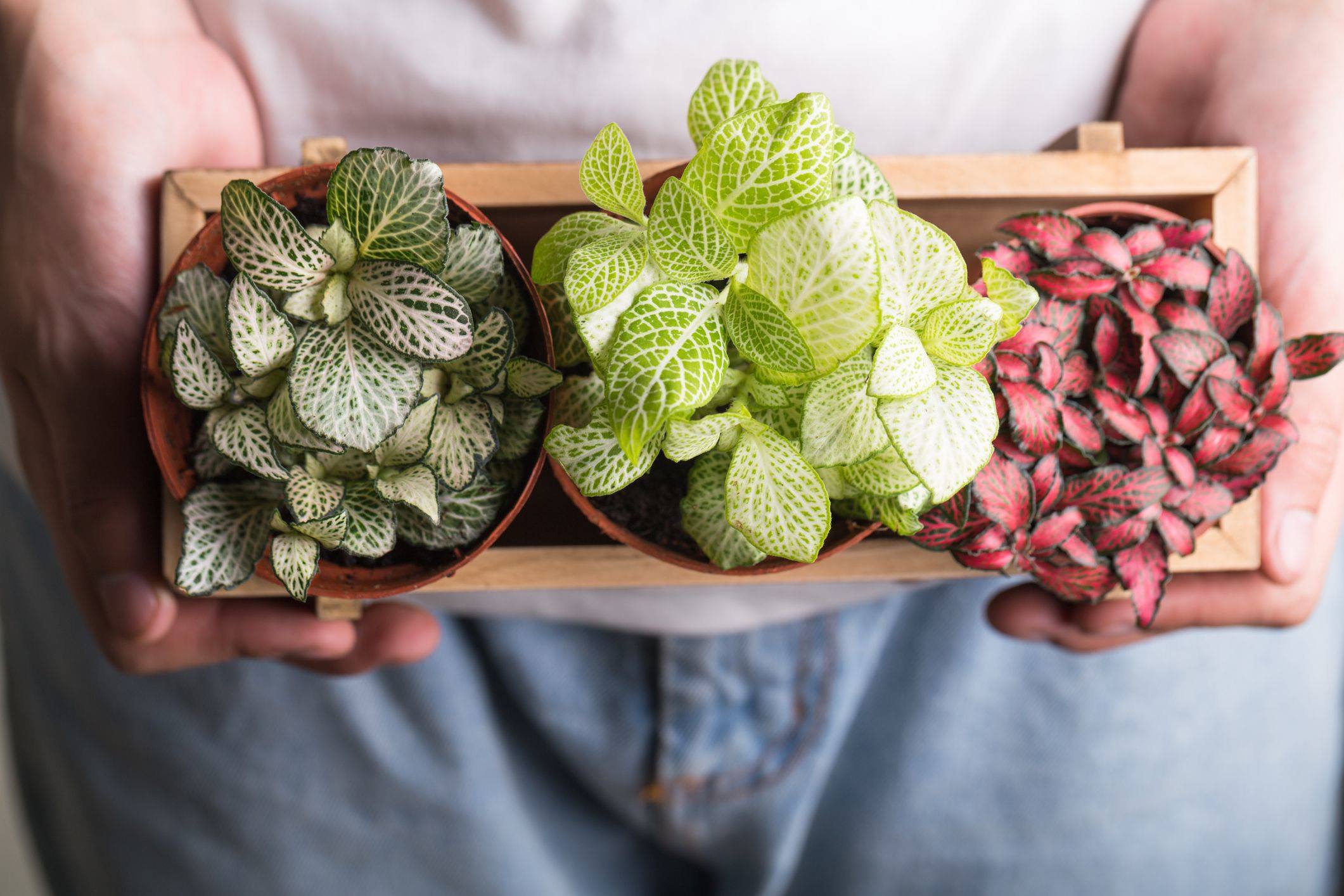
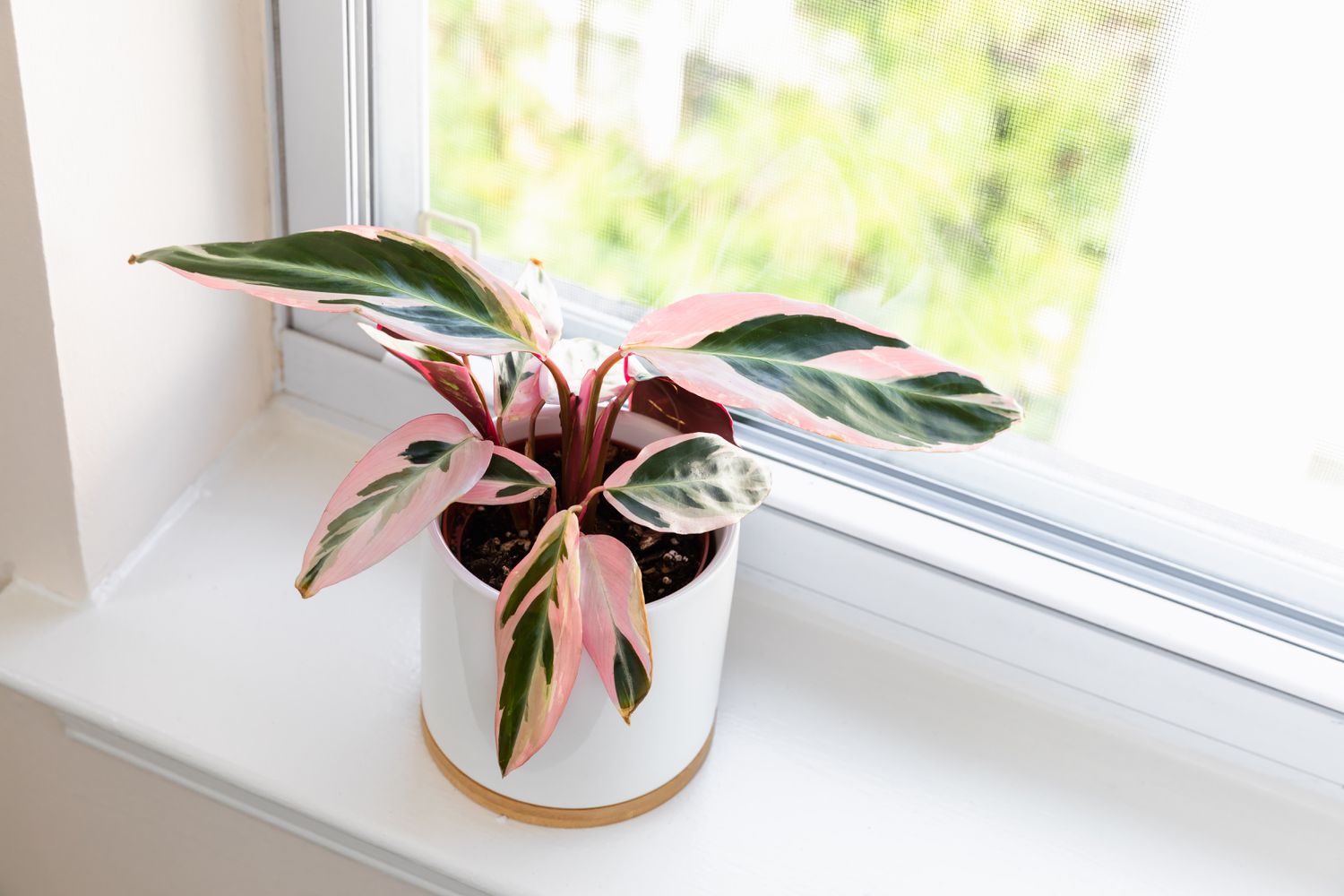
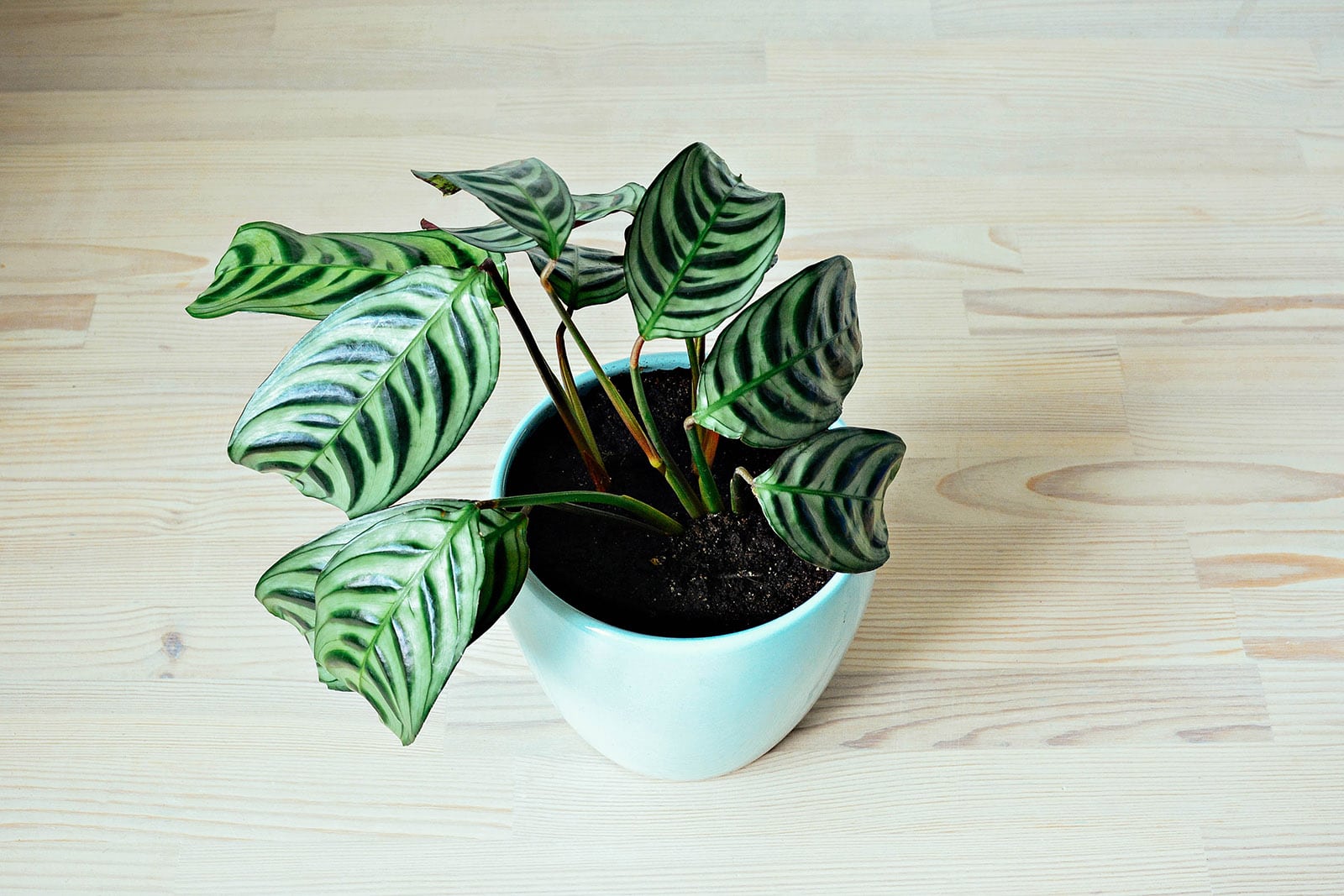
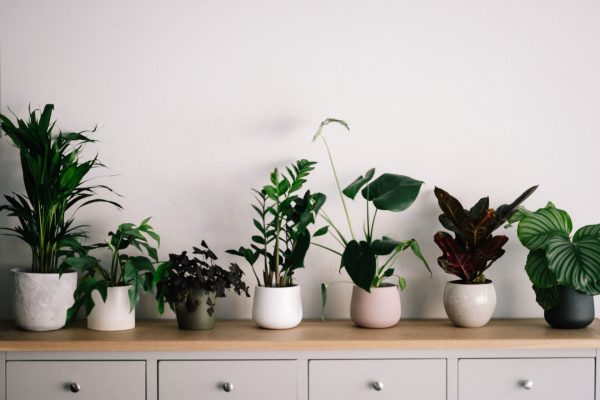
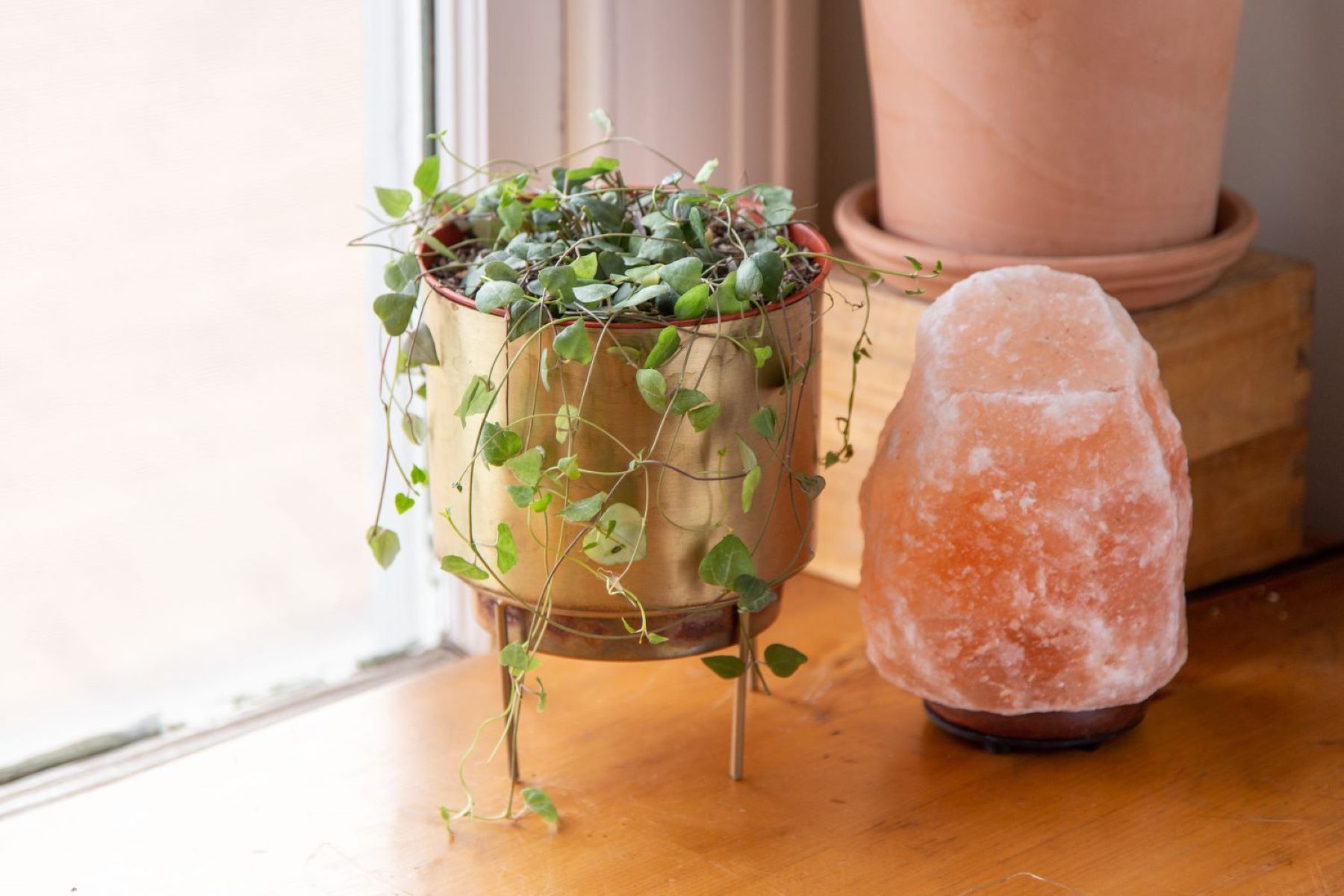

0 thoughts on “Indoor Arrowhead Plant Care and Syngonium Growing Guide”